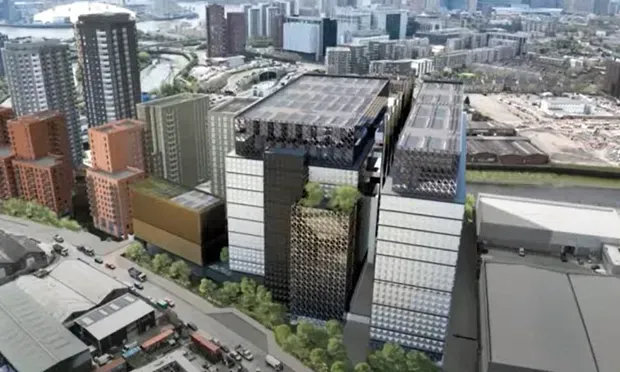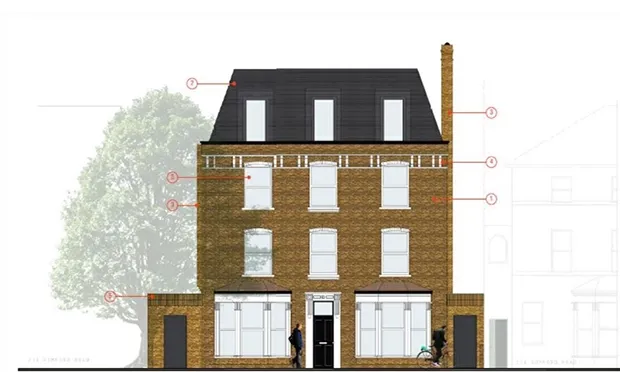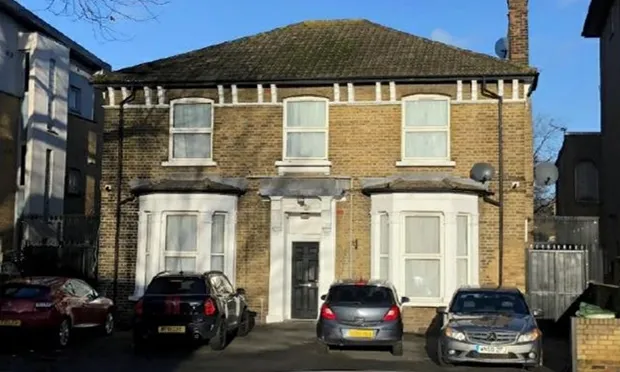Table of Contents
Newham is get its its first "hyperscale data centre" after plans were unanimously approved by councillors on Tuesday evening (15 October 2024).
Hyperscale data centres are huge facilities built by companies with large data processing and storage needs.
The development will see a data centre, a plant building and an energy centre built on the site of a former scrap metal recycling facility in Bidder Street, Canning Town.
Councillors on Newham Council’s strategic development committee heard how the plans, which are part of a £750 million investment from the applicant, IXDS Limited, represent “a truly unique opportunity” for the borough.
During last night’s meeting, the applicant’s agent said: “[The development] will really help [Newham] become London’s up-and-coming destination for business innovation and investment in the data sector.
“The proposed development will be amongst the first hyper-scale centres in Newham; the vision is to fully integrate the data centre into the community in order to develop sustainable smart cities.”
The plans aim to provide a number of public benefits including exporting heat generated from the data centre which could go on to potentially heat almost 13,000 homes across Newham and Tower Hamlets and opening up a walkway next to the River Lea which could be used as a new route for pedestrians and cyclists.
IXDS is looking at using Crown Wharf, an 871-home development that was approved by the council in January, as a pilot scheme which would export excess heat and use it to heat and provide hot water to the building as part of its district heating network.
The development aims to create around 920 construction jobs and 130 operational jobs once completed, though the applicant’s agent said there will be “many more indirect and catalytic jobs”.
Both the data centre and the plant building would be 72.3 metres in height while the energy centre would be 32.4 metres.
According to planning documents, the data centre would consist of stacked, identical floors for large data halls that would be filled with rows of server racks and plant and equipment floors.
A reception, staff café, breakout area and offices are included in the data centre building, and each data hall would be supported by cooling corridors to deal with high temperatures generated by the servers.
The heat generated from this would be ‘reclaimed’ and would be circulated back into the energy centre.
The energy centre’s purpose would be to power the data centre and recycle any wasted heat from the data centre, which could go on to heat thousands of homes nearby.
The plant building would be the home for all security operations as well as another reception, changing facilities, water tanks, an electrical plant and generators.
To ensure the development delivers public benefits, the council has asked IXDS to contribute £4.08m to its data economy programme in the form of a Section 106 agreement.
The data economy programme is in partnership with organisations like Bloomberg, Microsoft and the Open Data Institute and aims to open up career opportunities for local residents and provide them with data skills.
The total cost of the Section 106 agreement is £11m and £1.2m of this will go towards the provision of construction jobs for Newham residents while £720,000 is to be spent on improvements to pedestrian and cycle routes from Canning Town Station.
IXDS will contribute £1m to the delivery of the Mayer Parry Bridge, which is due to open in March 2025 and will connect Newham with neighbouring borough Tower Hamlets.
The applicant’s agent said: “We hope that members will support this proposal as it’s a unique opportunity to bring a very special development to Newham that will deliver not only on the government’s strong intention to grow the data sector but also the council’s own ambition to deliver impressive infrastructure to the borough.”
The committee then moved onto questions, where Councillor Susan Masters asked who would be overseeing the applicant’s plans to potentially export heat into other nearby developments.
A planning officer responded and said the Greater London Authority's (GLA) energy team would be consulted upon in any further plans and that if needed the council would employ an external consultant who would be able to advise the council on the plans.|
Commenting on the plans, the committee chair Rachel Tripp said: “I think we have to be really sensitive in East London to the idea that we’ve always kind of been used as a dumping ground for the bits of infrastructure that the rest of London doesn’t really fancy having around.
“I’m just keen for any sort of reassurance that we could be looking at something here that would genuinely provide opportunities for Newham residents to go into the technology sector to provide a route out of poverty for people who in some cases have been in poverty for a really long time?”
The applicant’s agent said: “We feel passionately about making sure that this actually does genuinely develop the employment skills and training that we want this scheme to do.”
After a number of questions were put to the applicant’s agent and planning officers, the committee moved to the vote where councillors unanimously approved the plans.
Construction is set to begin next year with a planned opening date of 2027.





